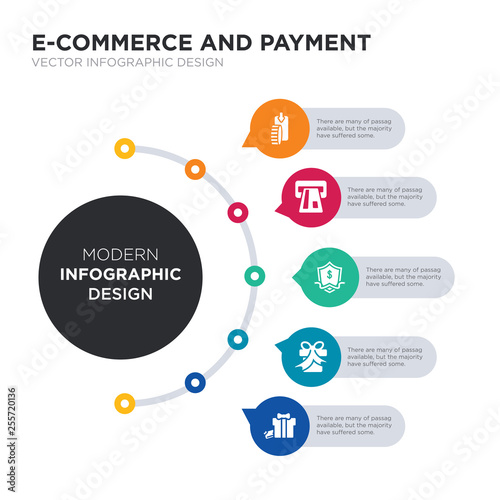Engraving is just one of one of the most popular approaches for decorating glass. It's very easy to carry out with your Epilog laser, and the results can be sensational.
This cup made between 1750 and 1770 is covered with detailed Chinese-style themes. The appeal of imported Chinese products stimulated English artisans to include this ornamental strategy.
1. Square
It may appear dull or simple to think about a square as anything apart from a flat form, however this geometric device is essential to inscribing straight lines and achieving a selection of design styles. For instance, a square graver allows an artisan to attain stunning conical lines that are impossible to attain with round gravers made use of for weapon inscription or blade inscription.
This technique is utilized for attractive glass, which integrates a wide range of style fads, including Chinese-style themes as presented on this goblet made in between 1750 and 1770 in England. This sort of ornamental glass was necessary in the 1700s because it communicated not simply fashion however domestic and political allegiances, such as this Jacobite images and words. It also determined the enthusiast as fashionable and worldly, specifically as British social codes of politeness emphasized conformity over uniqueness. The personalized scene on this goblet additionally showed the skill of a competent craftsmen using wheel engraving.
2. Rectangle
Rectangular shapes are a course of quadrilaterals with axes of symmetry with each set of opposite sides. They likewise have a vertex-transitive balance.
Personalized glass rollercoasters are a popular type of ornamental glass wares that includes a design or message. They are frequently utilized as presents to memorialize events or special occasions.
Laser etching and engraving are 2 various procedures that permit you to create elaborate styles on glass surfaces. Although they utilize comparable tools, they are based upon various principles. Engraving removes material from the surface of the glass utilizing a physical procedure, while etching utilizes a chemical procedure to modify the look of the surface area.
It is important to test and refine the laser's speed, power, and focus settings on each piece of glass to guarantee that your job turns out completely. This will assist stop unnecessary damage and lower the danger of errors during production. It is likewise a good idea to apply a masking agent such as rub n buff to the glass before starting a job. This will maintain it wet and lower the quantity of warmth that is moved to the glass throughout the etching process.
3. Round
Engraving imbues glass with meaning that goes beyond an easy design or name. It can communicate familial and political obligations, as highlighted by the crest on this cup from the 1700s. It can likewise communicate coded messages of history of engraved glass politeness and class distinction, as exemplified by the engraved Jacobite images on this flower holder.
Complex glass engraving and etching designs call for mindful change of laser power, scanning speed, and focus settings to attain the wanted outcomes. Making the effort to test and refine these setups will certainly minimize the danger of errors and damage during production and help generate constantly top notch results.
While it is technically a part of glass art, inscribing differs from other "cool" glass enhancing methods such as etching and cut glass. Etching leaves a surface area that shows up with sight yet not really felt on touch, whereas engraving creates tiny fractures that can be felt with the finger. It is most usual to integrate etching and engraving in one piece of glass.
4. Oval
Unlike the extra stiff rectangle or circle, the oval is prone to changing backwards and forwards during turning. This can trigger misalignment in between the laser and the glass, making it tough to get an excellent outcome. It is frequently best to stay clear of etching ovals preferably, and to opt for a smaller sized size.
The 1700s saw a blooming of ornamental techniques for glass wares. Etching imbued glass with meaning, enabling people to reveal their social condition and express domestic or political loyalties. A Jacobite cup, for example, was inscribed with the household crest and verses from the anthem.
It requires time, patience and a little technique to acquire effectiveness in etching or etching glass. Nevertheless, once you have actually found a procedure that works well for you and your maker, you can create magnificent products that will certainly delight consumers. Using the ideal settings can aid you achieve constant results whenever. Be sure to check your equipment on a range of various types of glass prior to attempting bigger tasks.
